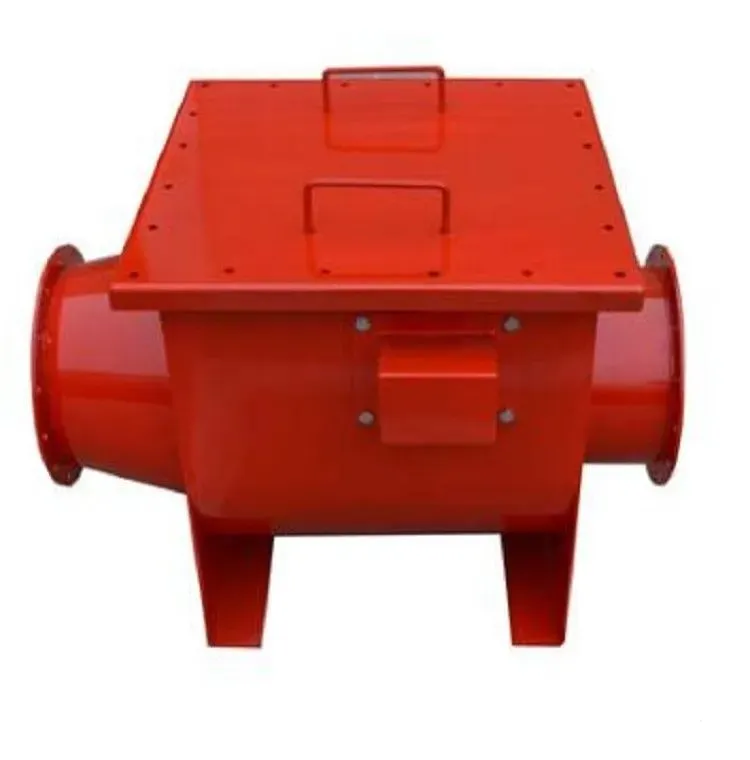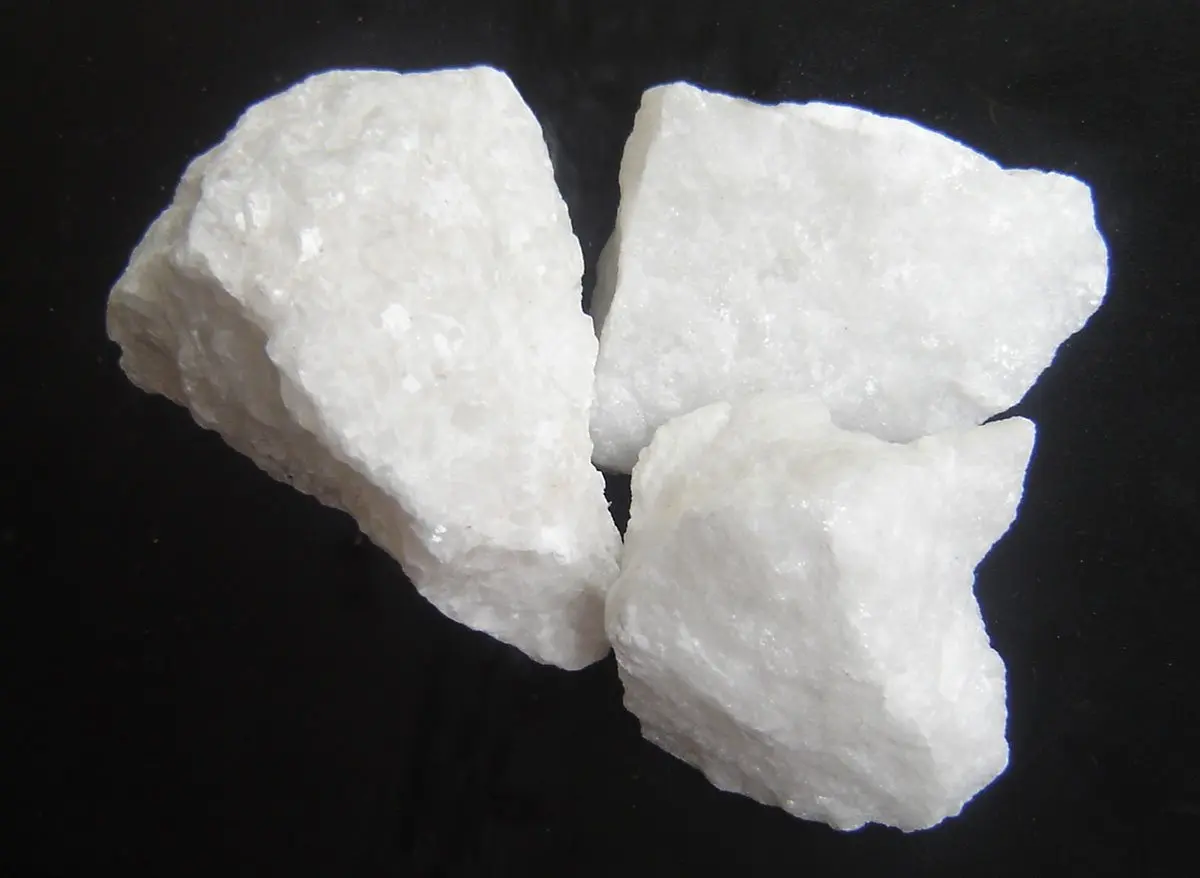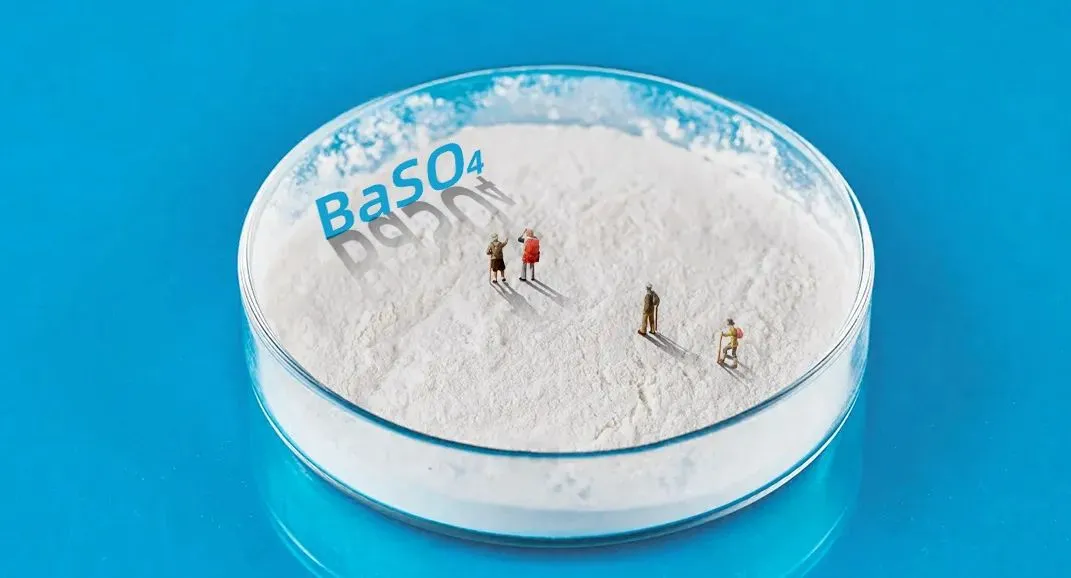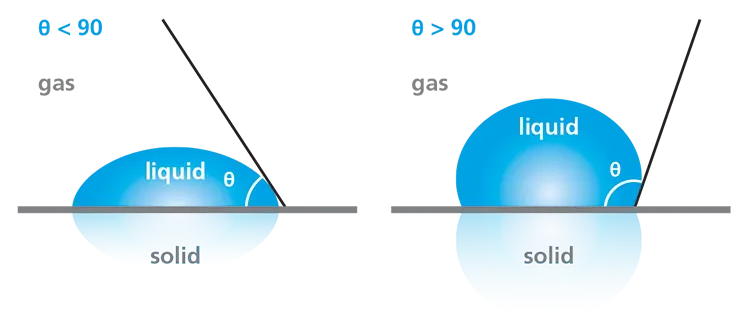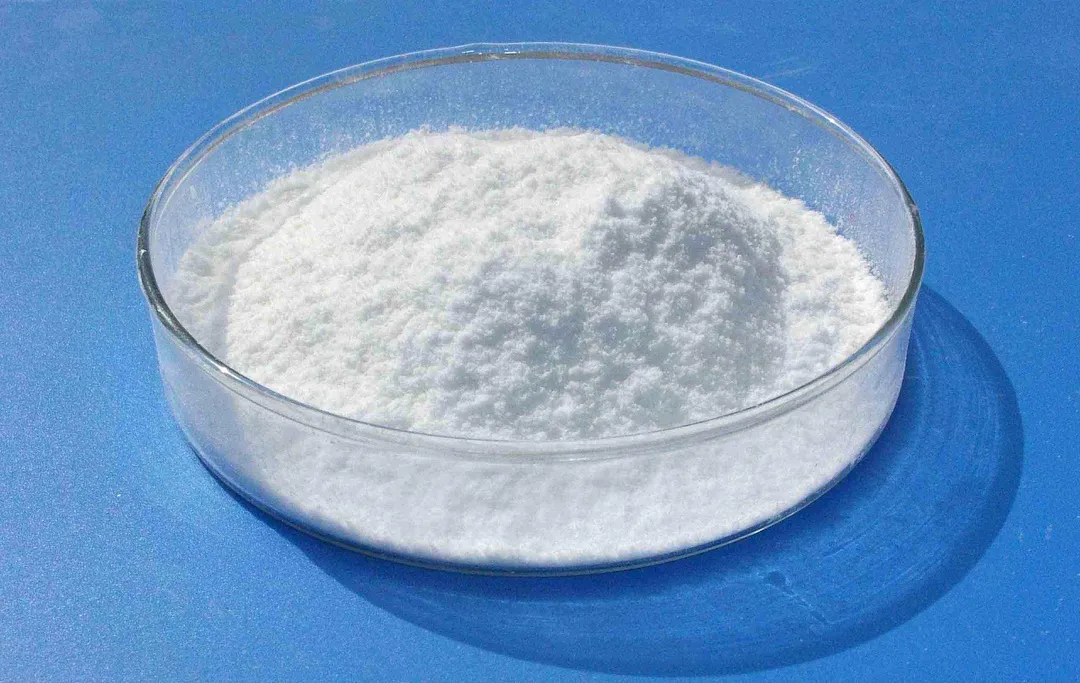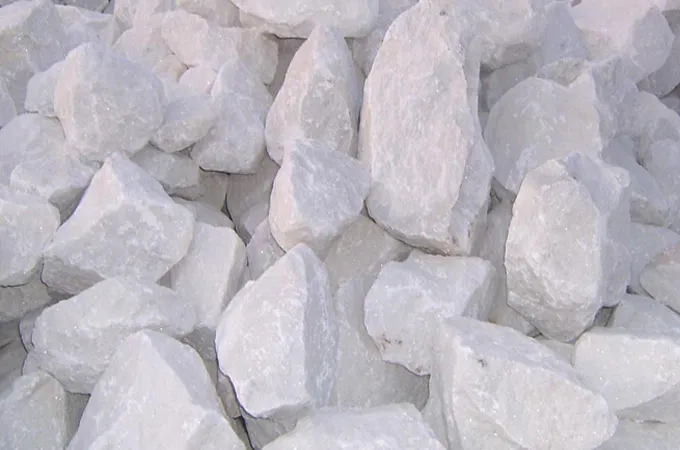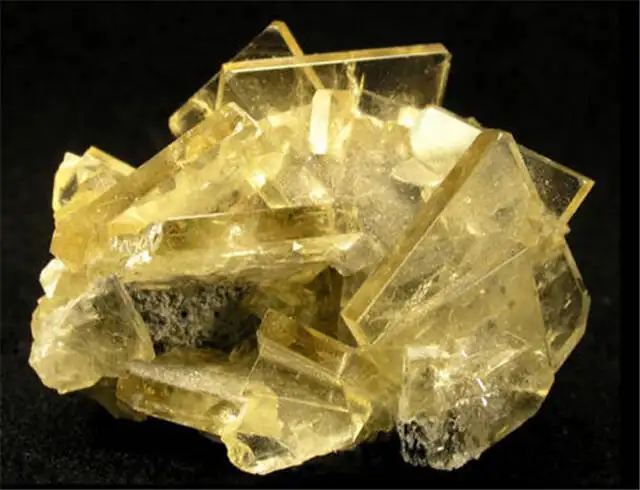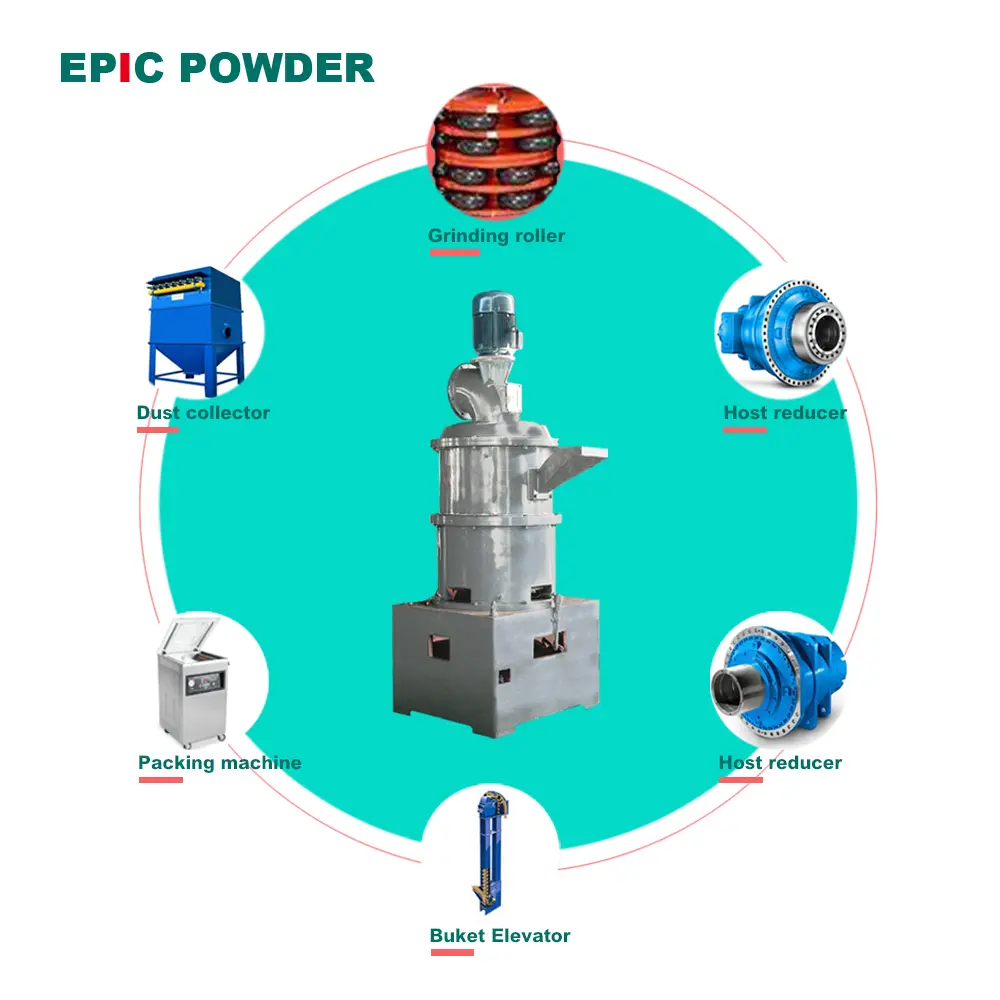For nano powder manufacturers, it’s important to achieve the desired particle size. Many aim to reach nano-scale results through dry grinding. However, dry grinding has its challenges. During the grinding process, a significant amount of energy is introduced. It causes the powder temperature to increase rapidly. This temperature rises, combined with the fine particle nature of nano powders, can lead to explosion risks that are difficult to control.
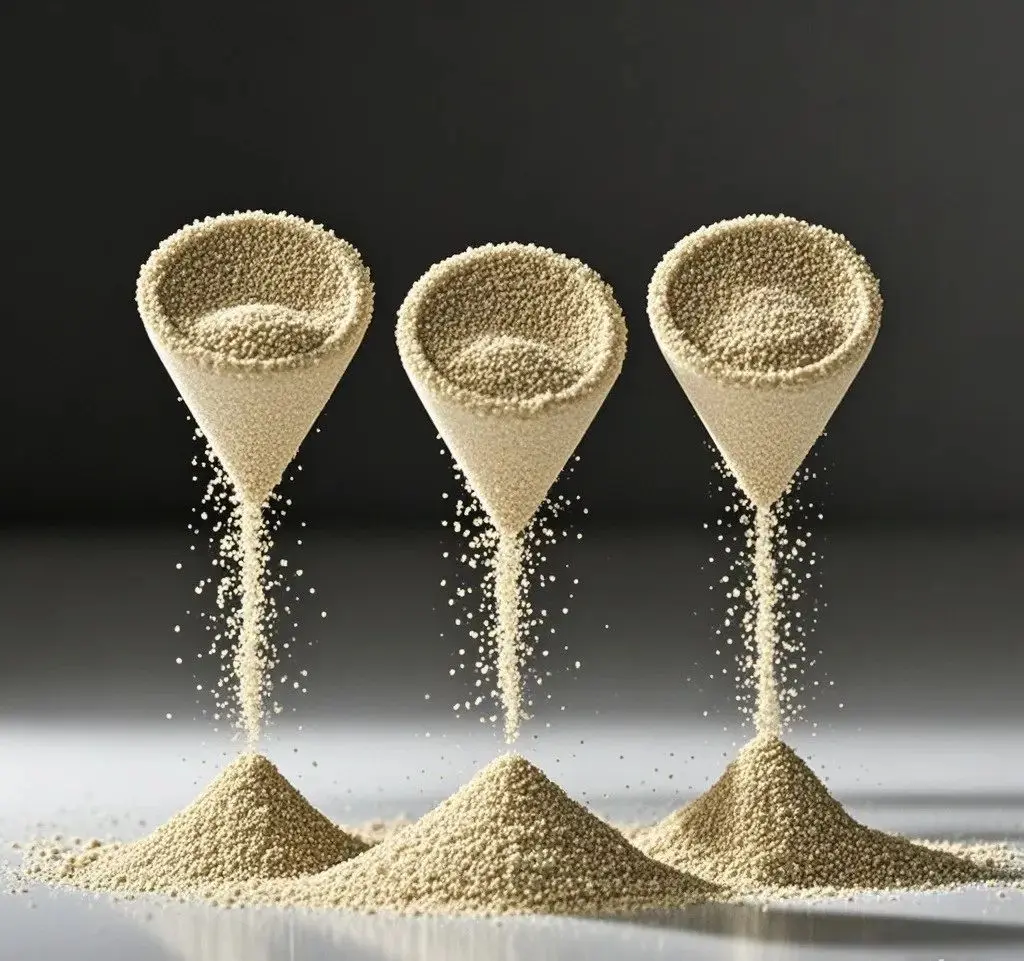
In most cases, the particle size achievable with dry grinding is limited to about 8μm. For applications requiring particle sizes finer than 8μm, wet grinding becomes necessary. Wet grinding not only helps prevent temperature spikes but also allows for more precise control over particle size. This makes it the preferred method for achieving ultra-fine nano powders.
Understanding Wet Grinding: Achieving Nano-Grade Powder
Wet grinding involves mixing nano powder with an appropriate solvent to create a workable slurry. To prevent agglomeration during the grinding process, adding suitable dispersants or other additives as grinding aids is essential. For those aiming to obtain a final nano-grade powder rather than a slurry, additional steps are required. The slurry must first be filtered to remove larger particles, and then dried to yield a fine nano powder.
Selecting the right solvent, dispersant, filtration method, and drying technique is crucial to successfully obtaining high-quality nano-grade powder through wet grinding. These choices directly impact the consistency, stability, and fineness of the final product.
In dry grinding, equipment like ball mills is commonly used, with larger zirconium oxide beads—typically in the range of 5, 6, 8, 10, 15, or 20 mm in diameter—to facilitate the process. For wet grinding in bead mills, however, the size of zirconium oxide beads must be carefully chosen based on the initial particle size and the desired final fineness. Because smaller beads are more effective for achieving ultra-fine results.

